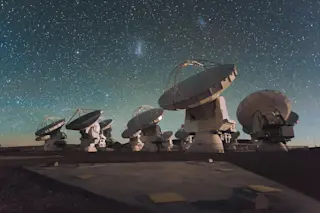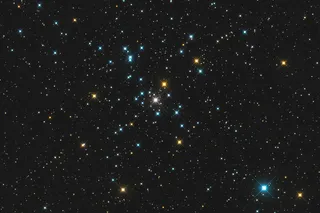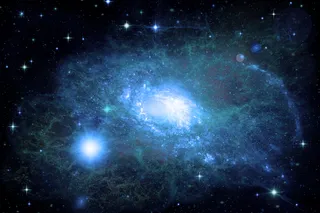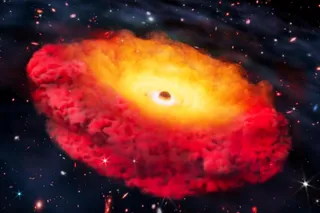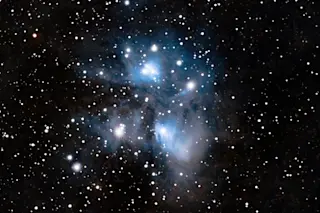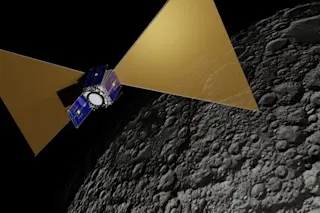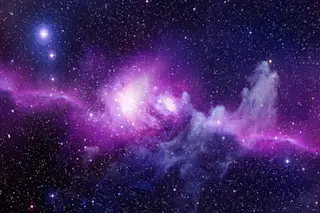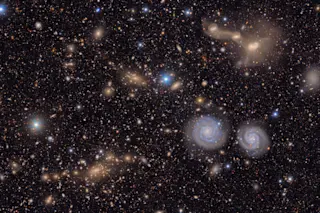The Atacama Large Millimeter/submillimeter Array (ALMA). (Credit: ESO/C. Malin) A black hole isn't an easy thing to photograph. The famously inscrutable objects are so dense that even light can’t escape their vicinity. By definition, they are invisible. So when the Event Horizon Telescope team released the first image of a black hole, what they really released is an image of the black hole’s event horizon — the minimum distance from the black hole’s center where gravity is still weak enough for light to escape. And how they imaged the supermassive black hole in galaxy M87 it is nearly as impressive as the image itself. EHT scientists convinced researchers around the world to point their radio telescopes at a select group of black holes, then combined the observations to create one giant array the size of our planet. “With this technique, we were able to use essentially the diameter of the ...
The Event Horizon Telescope: How It Works
Discover how the Event Horizon Telescope captured the first image of a black hole, revealing the secrets of supermassive black holes.
More on Discover
Stay Curious
SubscribeTo The Magazine
Save up to 40% off the cover price when you subscribe to Discover magazine.
Subscribe

